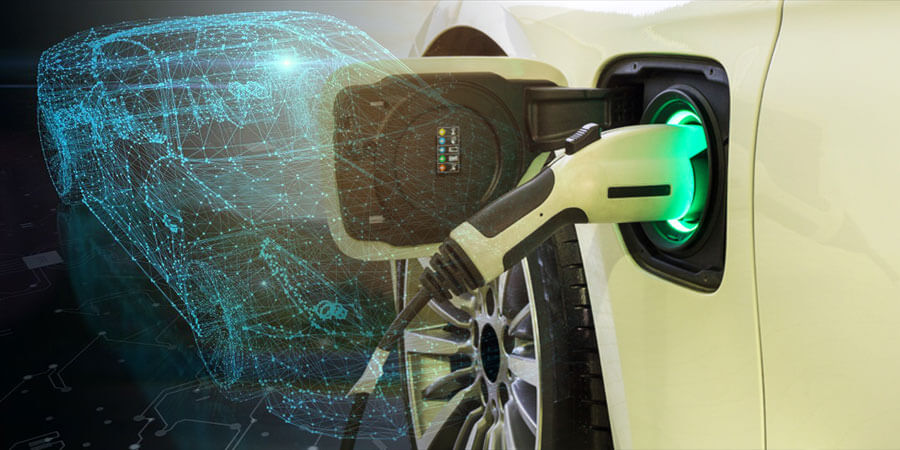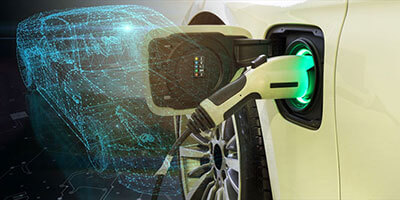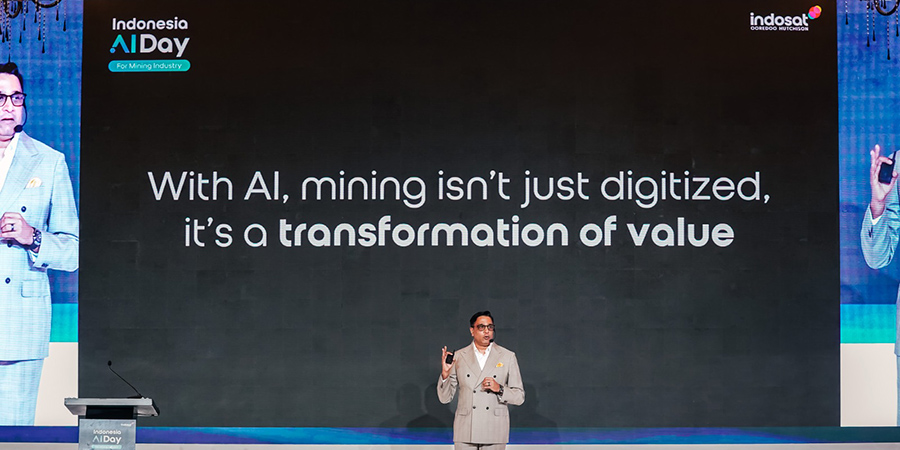
Autonomous driving has been envisioned as the future of mobility to bring about benefits such as enhanced mobility, safer and less congested roads, as well as reduced environmental impacts. But owing to a combination of factors such as regulation, technology and infrastructure, it has not yet fully materialised. Nevertheless, the industry remains hopeful as technology providers, automobile companies and OEMs continue to secure strategic partnerships to gain a head start into the future of autonomous driving.
From self-driving to full autonomous
According to the World Health Organisation, more than 1.3 million people die as a result of traffic accidents every year. Of which, the majority of crashes are caused by human error.
Autonomous vehicles, which are capable of sensing the environment and operating without the intervention of a human driver, can significantly reduce traffic accidents caused by human error. Unlike a self-driving vehicle, an autonomous car does not require the presence of a human, relying on tools such as lidar sensors, sophisticated algorithms and machine learning systems to detect traffic conditions and navigate around obstacles to arrive at a destination. This radically transforms transportation as we know it – contributing to urban mobility and road safety.
In addition, the rise of autonomous vehicles will open up new opportunities for companies to innovate and forge synergistic collaboration, helping to reshape both cities and economies. While the US and Europe have a head start in this area, Asia is catching up, particularly China. According to a report released by KPMG, Singapore is the world’s top country for autonomous driving – even ahead of the Netherlands – owing to policies and legislations that encourage autonomous driving.
The Society of Automation Engineers (SAE) has identified six levels of autonomous driving, from 0 being fully manual, to 5 being fully autonomous. Level 1 is lowest level of automation, or adaptive cruise control. Level two, which is partial automated driving, requires advanced driver assistance systems (ADAS). A popular example of a self-driving car that can automatically brake and steer is Tesla’s Autopilot.
Level 3 is conditional driving automation. Vehicles possess environmental detection abilities to navigate, but require a driver to be present to intervene when needed. While the industry is currently in level 2, Honda’s launch of the world’s first level 3 self-driving Legend marks a new milestone for autonomous tech. Featuring a “Traffic Jam Pilot” system, the Legend can accelerate, brake and steer under certain conditions.
At Level 4, or high driving automation, the vehicle drives independently for most of the journey and the driver can even take a nap. Finally, at level 5, or full driving automation, vehicles would not even require steering wheels, accelerators or brake pedals.
At this stage, global automakers and tech giants such as Tesla, Apple, Audi, GM and Waymo are investing heavily into this field. But against this competitive backdrop, it is worth noting that another enabler in the revolution of autonomous driving is C-V2X (cellular vehicle-to-anything) – a standard designed to allow vehicles to communicate with other vehicles, pedestrians and infrastructure via sensors and cellular connections to support autonomous driving and ensure reliability and safety on roads. Essentially, C-V2X and autonomy must be developed simultaneously.
The rise of electric cars
As attention turns towards autonomous driving, automakers are increasingly embracing electric vehicles. While autonomous driving boosts efficiency and safety in driving, electric cars significantly reduce emissions and fuel costs.
The technology behind autonomous driving is also more compatible with electric engines, as they can serve as a stable power supply to support the high-power systems of autonomous vehicles. Electric systems also boost lower latency needed to help an autonomous vehicle maneuver smoothly and intuitively.
China, which was due to end subsidies for electric vehicles by the end of 2020 has since extended further subsidies until 2022 to help automakers advance towards a driverless future. Last year, China also drafted new rules to legalise autonomous driving tests on highways, to keep up with the US and Europe. This has sent Chinese firms racing in their efforts to spearhead innovation in autonomous driving.
Last year, Baidu was the first company to be issued driverless permits on public roads in China. This year, the Internet giant announced that it is partnering Geely to manufacture smart electric vehicles. Likewise, Alibaba has sealed a similar deal with SAIC to produce electric cars. At the beginning of the year, Alibaba-backed AutoX became the first in China to provide public rides in autonomous robotaxis.
In April 2021, Huawei and BAIC Blue Valley will jointly launch the BAIC Blue Valley ARCFOX Polar Fox αS HBT. Featuring Huawei’s advanced triple Lidar loading solution, this smart electric car will be able to deliver an autonomous driving experience above level 3.
In Japan, Honda will continue to steer efforts into the autonomous driving market following the launch of Legend, with a new CEO coming on board on 1 April 2021 to strengthen its electric vehicle strategy and further its partnership with GM. This year, Toyota is also poised to launch two electric car models.
Over the years, the degree of autonomy in vehicles has clearly grown. While full autonomous driving on public roads will not take place anytime soon, we can take heart in knowing that autonomous driving has already infiltrated certain industries such as mining and ports. In the meantime, we can trust that the different stakeholders in the industry will do what is necessary to bridge the levels and finally bring autonomous driving to the masses.







